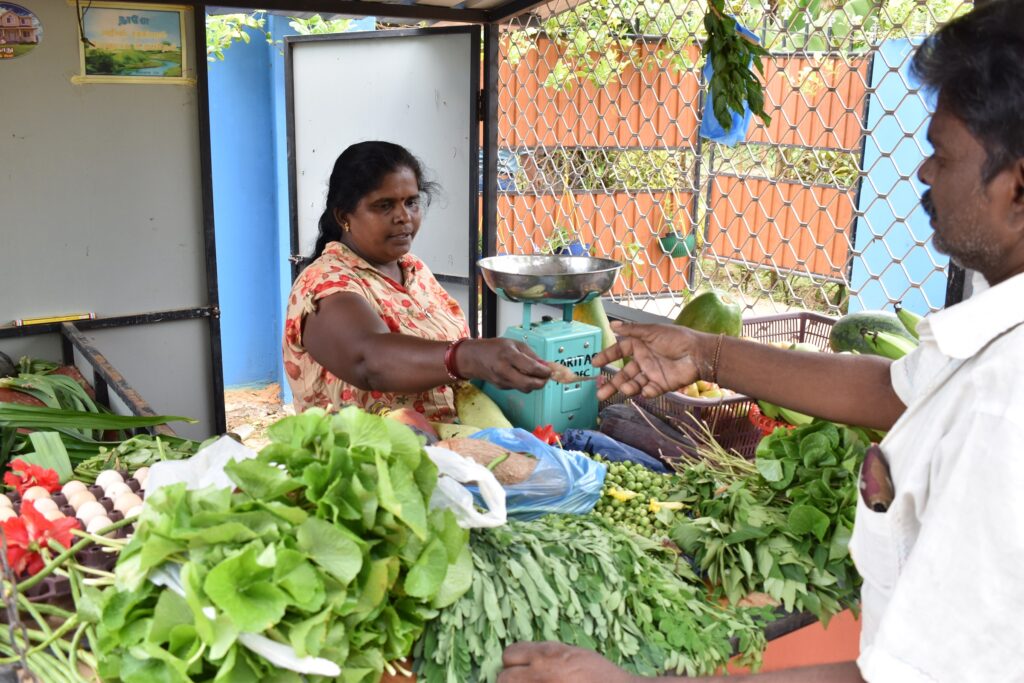Nine reasons to fight hunger

The government needs to concentrate Norwegian aid to combat the international hunger crisis by supporting the world's small farmers and climate adaptation in agriculture. Here are nine good reasons why we expect such a focus in the upcoming national budget.
- Hunger and malnutrition is by far the world's biggest health problem. 828 million people were affected by hunger in 2021, according to the latest UN figures. During 2022, the pandemic, the war in Ukraine and extreme weather have forced even more people into the hunger crisis. Hunger takes more lives and causes far more damage than the pandemic and many diseases combined. Hunger undermines many of the efforts in global health, which Norway currently provides the most aid for, in addition to education, gender equality, poverty, and climate and nature loss. If we do not achieve Sustainable Development Goal 2 to eradicate hunger, we will not achieve the others either.
- Children who go to school hungry learn little or nothing. Over 70 million children experience this every day. It undermines Norwegian and international efforts in education. School meals can solve part of the problem, but many children are kept out of school to help their families produce food or earn an income.
- It is the main target group for Norwegian aid, the already weakest, who are hit hardest by hunger and malnutrition. Women and girls receive smaller shares of food and agricultural land than men, and the gender gap is widening. This undermines Norway's efforts for gender equality.
- Unsustainable food production is responsible for 70% of the world's nature loss and 80% of deforestation. Deforestation is largely driven by industrial agriculture, but also by small farmers who want to ensure food for their families, especially in DR Congo and Brazil. This undermines the goal of saving tropical rainforests, where Norway has a leading role.
- Food production is the industry that is most vulnerable to climate change. Increasing floods, droughts and storms over the past ten years have hit infrastructure and agriculture hard. This summer we saw three heatwaves in Europe and a severe lack of rain. In India, China and the USA, droughts and floods have caused major damage to crops. But the worst is in the Horn of Africa, which is experiencing the worst drought in 40 years. When rain does not fall when it should, food production is severely affected. Agriculture in developing countries must therefore adapt to a changing climate. Norway has promised to triple its efforts to adapt to climate change in developing countries, but this must be seen in the context of increased efforts in agriculture.
- Increased investment in small-scale agriculture is the most effective measure to combat poverty and hunger. Small-scale farmers produce up to 80% of all food consumed locally. Research confirms that we need to double our efforts for local agriculture in developing countries. Yet only 2-3% is allocated to food security and agriculture in the Norwegian aid budget, while other donor countries (OECD) have given an average of 7%. To solve today's hunger crises, efforts must be increased to around 15% of aid.
- The hunger disaster we are now seeing is the result of a distribution crisis. A report from Oxfam shows that large companies have made a fortune from the food and energy crisis, and have increased their revenues by almost NOK 5 billion every day for the past two years. In total, this equates to around NOK 4,500 billion. These revenues could cover the cost of all the world's humanitarian crises as well as a ten-year plan to end world hunger. Rich countries, including Norway, can finance the fight against increased hunger and poverty by heavily taxing this income.
- Greater efforts to increase sustainable food production and food security are essential to mobilize businesses, especially local businesses, in the fight against hunger and poverty. Small-scale agriculture is also a business sector, and is often the largest employer in many developing countries. In addition, it is crucial to strengthen small and medium-sized enterprises that can contribute to better storage, transportation, processing and distribution of the food produced. Today, as much as half of the food produced by small farmers, and thus also large revenues, can be lost because these services are poorly developed.
- An increased focus on combating hunger is in line with the recommendations from an area review of the Norwegian foreign service. The review shows that Norwegian aid is too thinly spread both geographically and thematically. It criticizes the organization of Norwegian aid for being fragmented and ineffective. Aid is too often used as a foreign policy tool to promote Norwegian interests, rather than to ensure support for the poorest.
Both the Hurdal Platform and Development Minister Anne Beathe Tvinnereim claim that increased investment in food security and agriculture in developing countries is a top priority. Almost a year after the election, we still do not know what such an investment will entail. In the new national budget, we expect Norway to give up on solving the world's most important development problem: The international hunger pandemic.
(The post is signed by the secretaries general of Caritas and the Development Fund ).